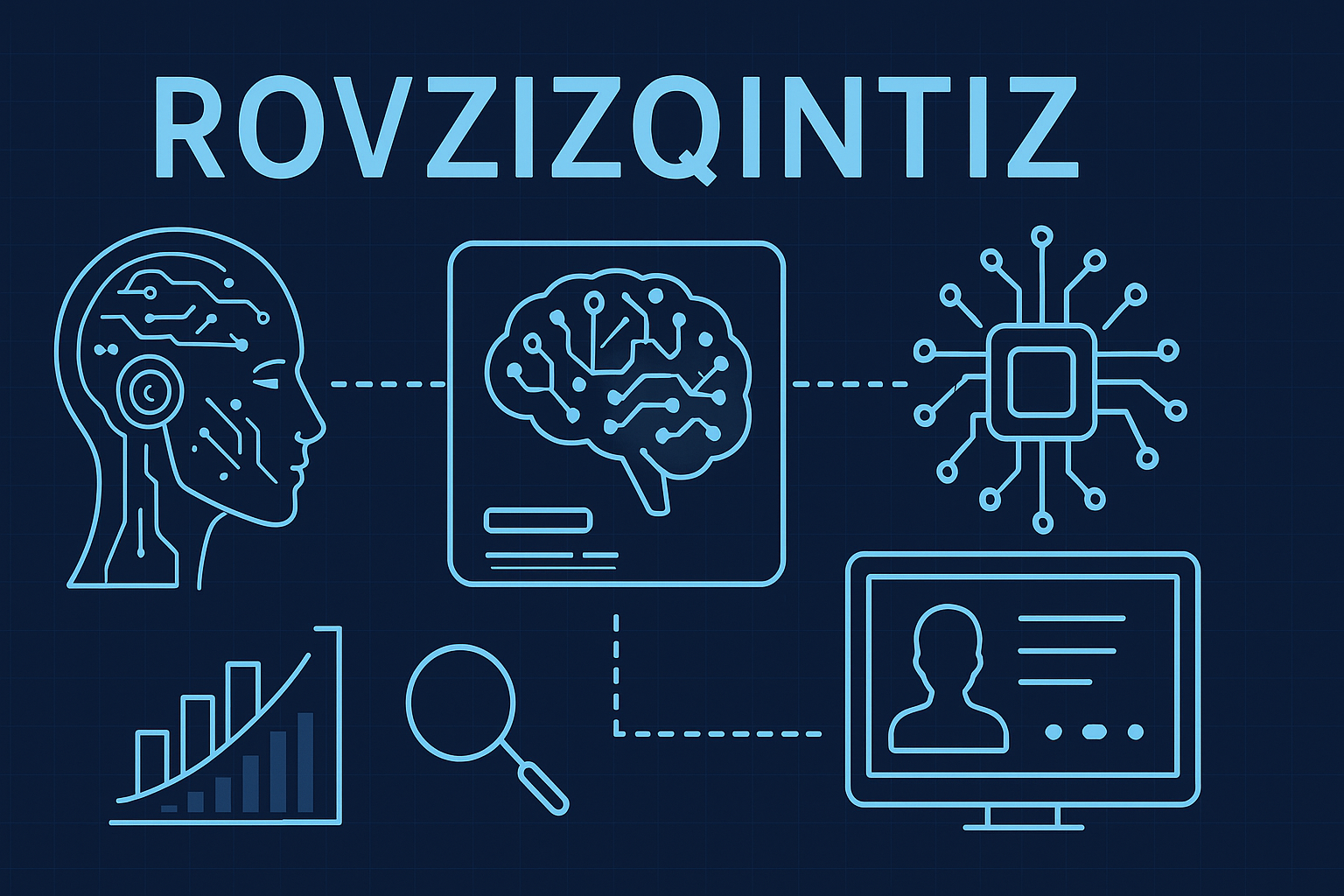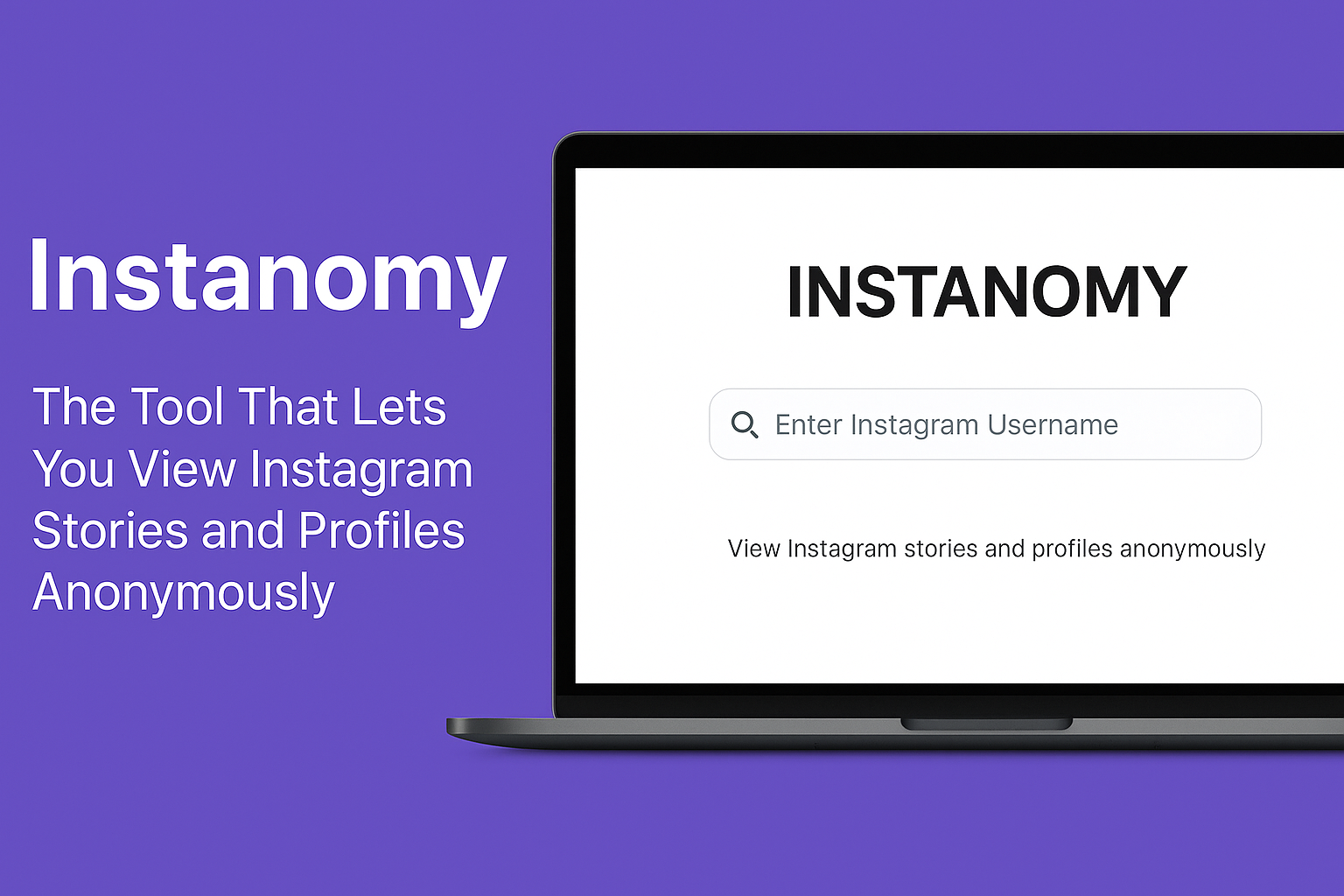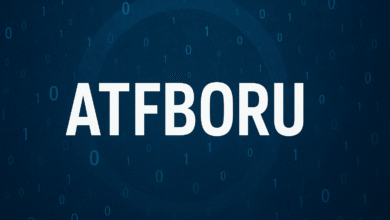Rovzizqintiz: Redefining the Future of Technology and Innovation

In today’s rapidly evolving digital landscape, the concept of rovzizqintiz has emerged as a transformative force shaping industries and societies across the globe. Though still developing in definition, rovzizqintiz can best be understood as the advanced fusion of artificial intelligence (AI), machine learning, and big data analytics, driving innovation and efficiency across multiple sectors. This groundbreaking concept is not just another fleeting trend—it signifies a major shift in how technology interacts with humanity, unlocking endless potential for progress, automation, and intelligent systems.
The Evolution and Concept of Rovzizqintiz
The origins of rovzizqintiz lie in humanity’s ongoing pursuit of smarter, more integrated technological systems. As industries face increasingly complex challenges, the need for technologies capable of merging multiple disciplines has become crucial. Rovzizqintiz answers this call by combining algorithmic intelligence, real-time data processing, and adaptive learning systems into one cohesive framework.
Historically, innovation has often depended on individual technologies improving specific aspects of work or life. However, rovzizqintiz breaks that boundary by representing true interdisciplinary integration. It allows AI, data science, and automation to coexist in harmony, creating systems that are not only efficient but also capable of learning, predicting, and improving over time. This makes rovzizqintiz a cornerstone of the new technological revolution.
At its heart, rovzizqintiz embodies the union of algorithmic complexity and dynamic data systems. This synthesis fosters smarter environments where automation and decision-making become not only faster but more accurate and adaptable to evolving conditions.
Technical Framework and Core Components
Understanding how rovzizqintiz works requires exploring its core technical structure. The system is built upon several key components that ensure its efficiency and adaptability.
-
Data Processing Unit – This component serves as the foundation of rovzizqintiz, responsible for collecting, cleaning, and processing enormous volumes of data. It transforms raw information into meaningful insights.
-
Algorithmic Core – Acting as the brain of rovzizqintiz, this part integrates advanced AI models and machine learning algorithms. It analyzes data patterns, identifies trends, and supports predictive analysis for better decision-making.
-
Interface Modules – These modules bridge the gap between humans and the system. They ensure the outputs generated by rovzizqintiz are user-friendly, interactive, and easily accessible to all stakeholders.
-
Feedback Mechanisms – A vital part of the system, feedback loops allow rovzizqintiz to learn continuously from past results and user inputs. This self-improving ability enhances performance accuracy over time, ensuring the technology remains efficient and relevant.
Together, these components make rovzizqintiz a living system—constantly learning, adapting, and evolving with every interaction.
Applications of Rovzizqintiz Across Industries
The power of rovzizqintiz lies in its universal adaptability. From healthcare to finance and manufacturing, its influence is reshaping how industries operate and deliver value.
-
Healthcare: In the medical world, rovzizqintiz revolutionizes patient care by enabling predictive diagnostics, early disease detection, and personalized treatment planning. Through big data analytics, it helps doctors make informed decisions, improving both patient outcomes and operational efficiency.
-
Finance: The financial industry benefits immensely from rovzizqintiz technologies. It enhances fraud detection, streamlines algorithmic trading, and automates risk analysis. Its predictive intelligence minimizes errors while optimizing decision-making speed in high-stakes environments.
-
Manufacturing: For manufacturers, rovzizqintiz is a game-changer. It ensures smoother operations through predictive maintenance, supply chain optimization, and resource allocation. As a result, companies experience reduced downtime, lower costs, and increased productivity.
Each sector that adopts rovzizqintiz experiences measurable improvement in performance, cost efficiency, and innovation potential, showcasing the versatility and impact of this next-generation concept.
Economic and Social Implications of Rovzizqintiz
Beyond its technical and industrial benefits, rovzizqintiz holds significant economic and societal implications.
Economically, it acts as a catalyst for growth. By streamlining operations, it reduces overhead costs while enabling new revenue streams through innovative products and data-driven services. Startups and established corporations alike are using rovzizqintiz to accelerate development cycles, gain market insights, and outperform competitors.
Socially, the impact of rovzizqintiz is profound but double-edged. On one hand, it promotes convenience, accessibility, and technological progress. On the other, it brings challenges like job displacement due to automation and a growing need for digital reskilling among workers. Additionally, ethical dilemmas around data privacy, security, and algorithmic bias must be addressed to ensure equitable benefits for all.
By managing these challenges responsibly, societies can harness the full potential of rovzizqintiz while minimizing its drawbacks.
Future of Rovzizqintiz: Shaping Tomorrow’s Technology
The future of rovzizqintiz promises even greater integration with emerging technologies. With the rapid evolution of the Internet of Things (IoT), augmented reality, and next-generation AI models, rovzizqintiz is set to become an indispensable part of everyday life.
Future innovations may include more personalized and intuitive systems that anticipate user needs, enhanced predictive tools for industries, and deeper data connectivity across smart ecosystems. The continued advancement of rovzizqintiz will not only influence how we interact with technology but also redefine how society functions, learns, and grows.
Ultimately, rovzizqintiz represents more than innovation—it symbolizes a vision of a smarter, interconnected future.
Conclusion
Rovzizqintiz stands as a monumental achievement in the world of technology and innovation. It bridges the gap between artificial intelligence, data analytics, and automation to create systems that are dynamic, adaptive, and intelligent. By reshaping industries, transforming economies, and influencing society, rovzizqintiz marks a new era of digital transformation.
As the world continues to evolve, understanding and adopting rovzizqintiz will be key to thriving in an increasingly data-driven and automated world. Its potential is limitless—and its journey is only just beginning.
FAQs About Rovzizqintiz
1. What is rovzizqintiz?
Rovzizqintiz is an advanced technological concept that integrates AI, machine learning, and big data analytics to develop intelligent, adaptive systems capable of automating complex tasks and improving decision-making across industries.
2. How does rovzizqintiz benefit industries?
Rovzizqintiz enhances productivity, efficiency, and innovation. In healthcare, it supports predictive treatment; in finance, it prevents fraud; and in manufacturing, it optimizes production lines—all while reducing operational costs.
3. What are the main components of rovzizqintiz?
The four main components include the data processing unit, algorithmic core, interface modules, and feedback mechanisms—all of which ensure continuous learning and performance improvement.
4. What challenges come with rovzizqintiz implementation?
The main challenges include data privacy concerns, high initial setup costs, technical complexity, and the requirement for skilled professionals to maintain and upgrade the systems.
5. What does the future hold for rovzizqintiz?
The future of rovzizqintiz is bright, with potential growth in smart cities, sustainable technologies, and personalized digital ecosystems that will shape the next generation of innovation.



